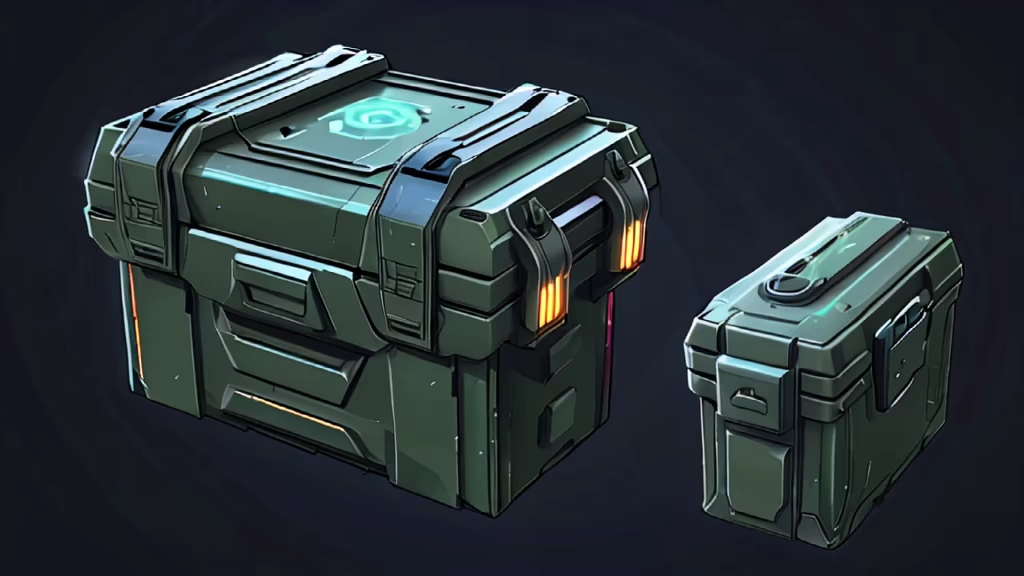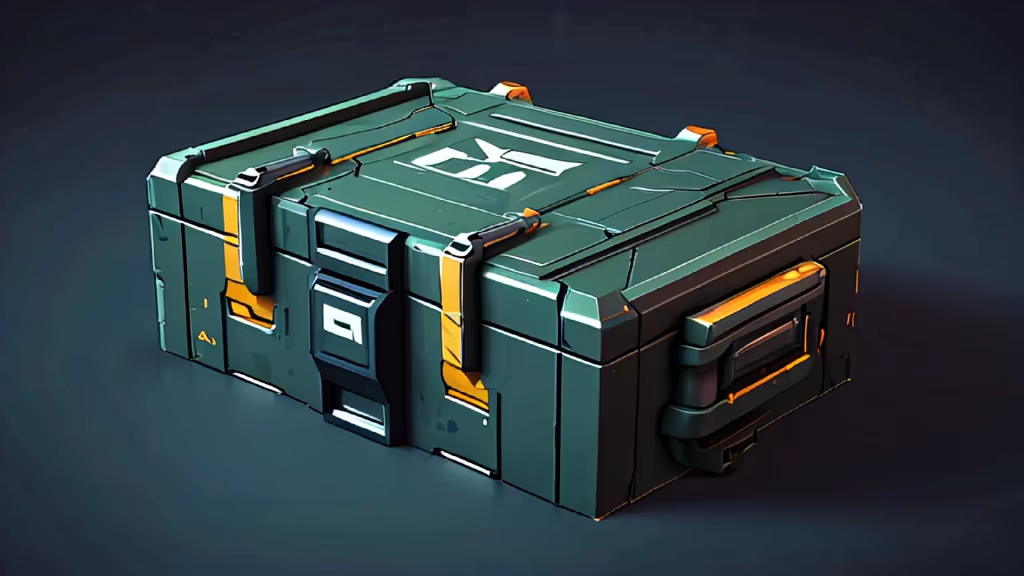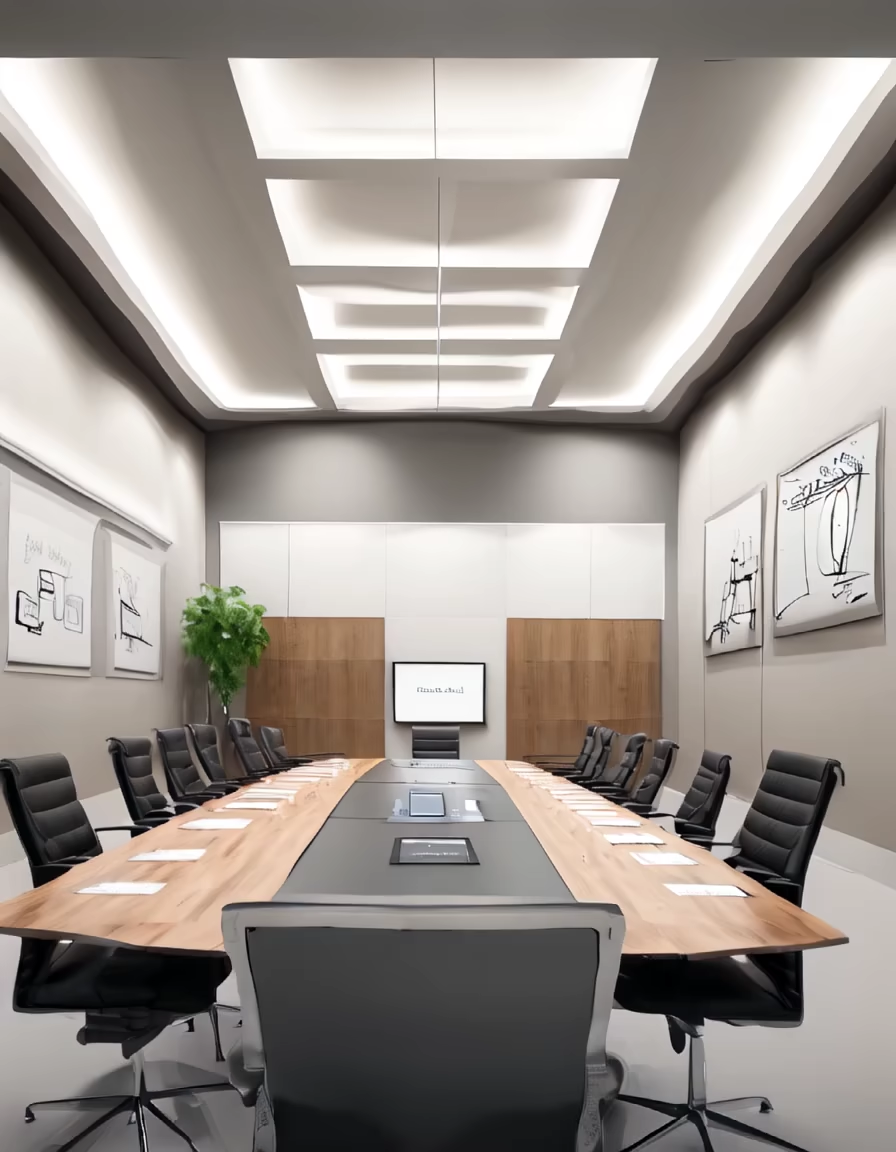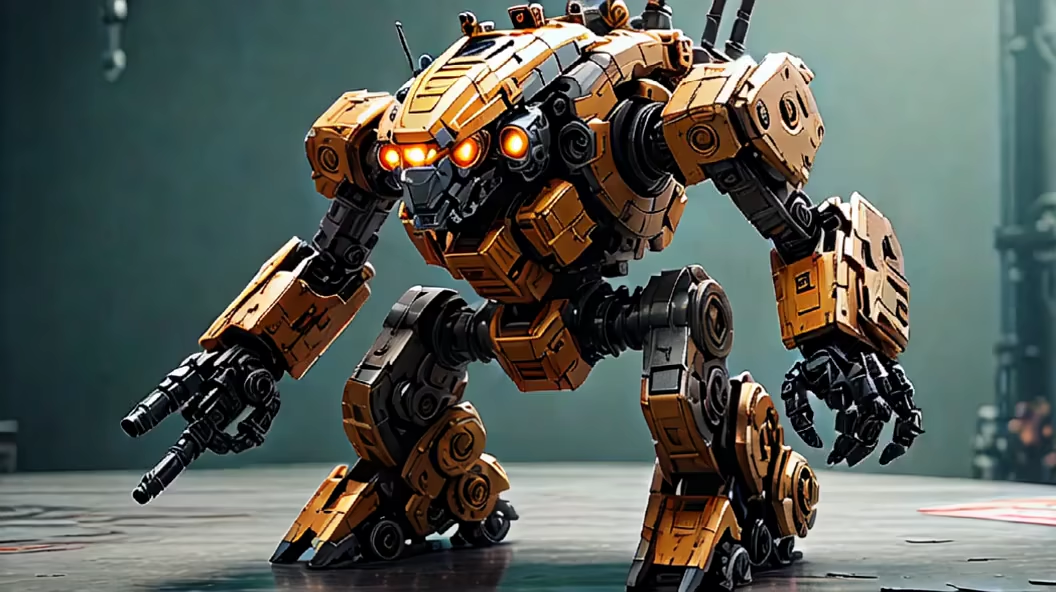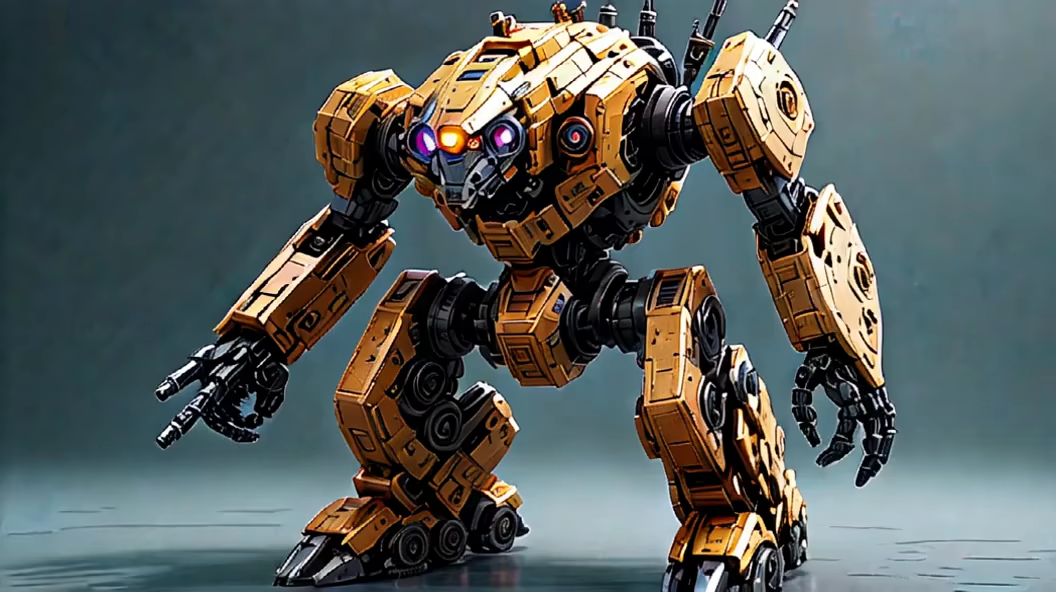




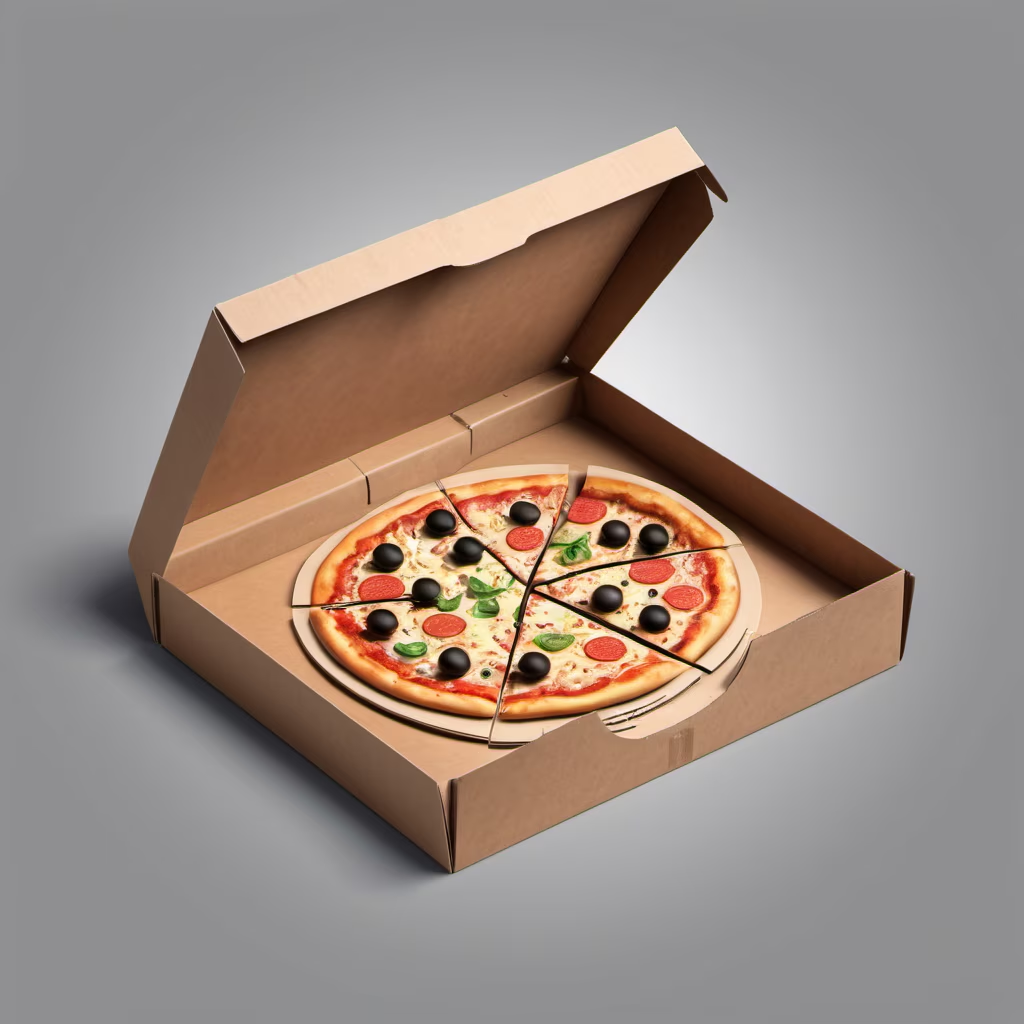


Prompt: I need a rectangular packaging box with a flat style, minimalism, and environmentally friendly material




Prompt: dominant, a male with long dark-brown hair standing in a laboratory, wearing aristocrat robe, wearing brown coat, highly detailed, detailed anime character art, best, beautiful, masterpiece, symmetric, symmetry, shelves in the background, test tubes on shelves, anime, warm colors
Negative: ugly, text
Style: Photographic


Prompt: Design and Model: The aircraft would typicallyor bomber model such as the P-51 Mustang, B-17 Flying Fortress, or B-24 Liberator. while bombers were larger, multi-crew machines. Livery and Markings: These airplanes often had olive drab or silver aluminum fuselages. They featured specific insignias like the white star in a blue roundel, often with white bars extending from the sides. Squadron markings and individual aircraft identification numbers were also common. Armament: Fighter planes were equipped with machine guns or cannons, usually mounted on the wings. Bombers had multiple gun turrets for defense against enemy fighters, in addition to their bomb load. Propulsion: Most of these planes were propeller-driven. Fighters had single engines, while bombers had multiple engines (usually four). The propellers were typically three-bladed and made of metal. Cockpit and Canopy: The cockpits were relatively small with limited visibility. The canopy on fighters was often a teardrop shape, while bombers had larger, more complex cockpit structures. Wings and Tail: Fighters had distinct, often elliptical wing shapes for maneuverability, while bombers had larger, straighter wings for stability and payload capacity. The tail design varied, but vertical and horizontal stabilizers were prominent features. Size and Build: Fighters were compact and agile, built for speed and maneuverability. Bombers were much larger, designed for long-range missions and heavy bomb loads. Historical Significance: These aircraft played crucial roles in various theaters of the war, from the European to the Pacific fronts. They were instrumental in air superiority, ground support, and strategic bombing campaigns.
Style: Line Art



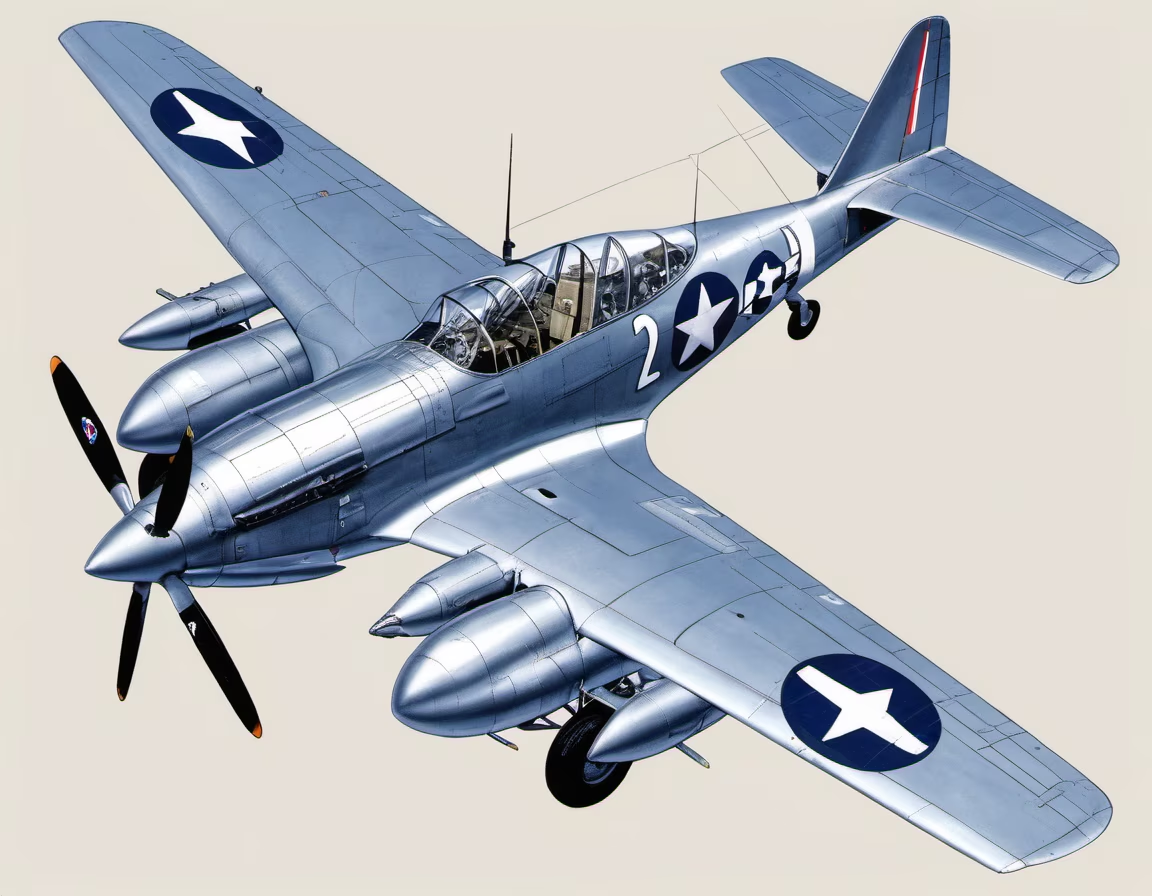








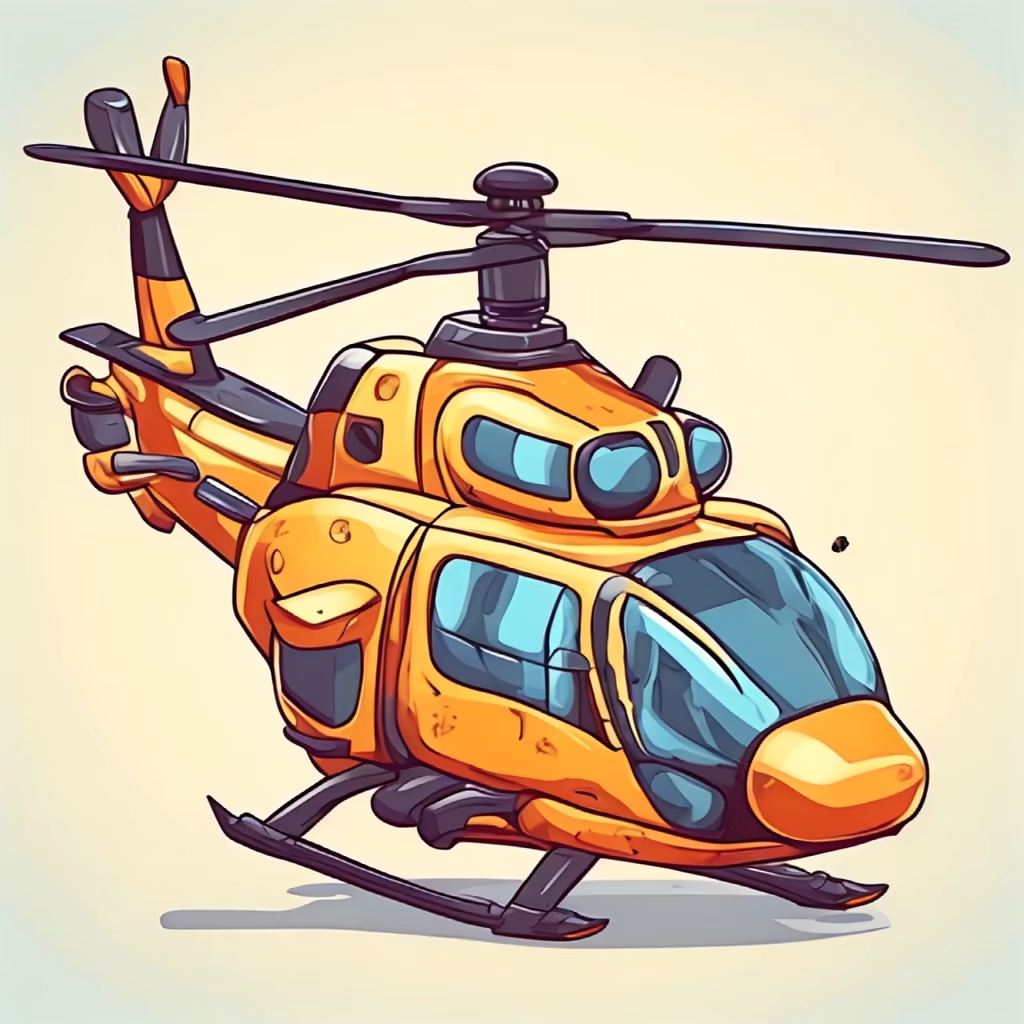
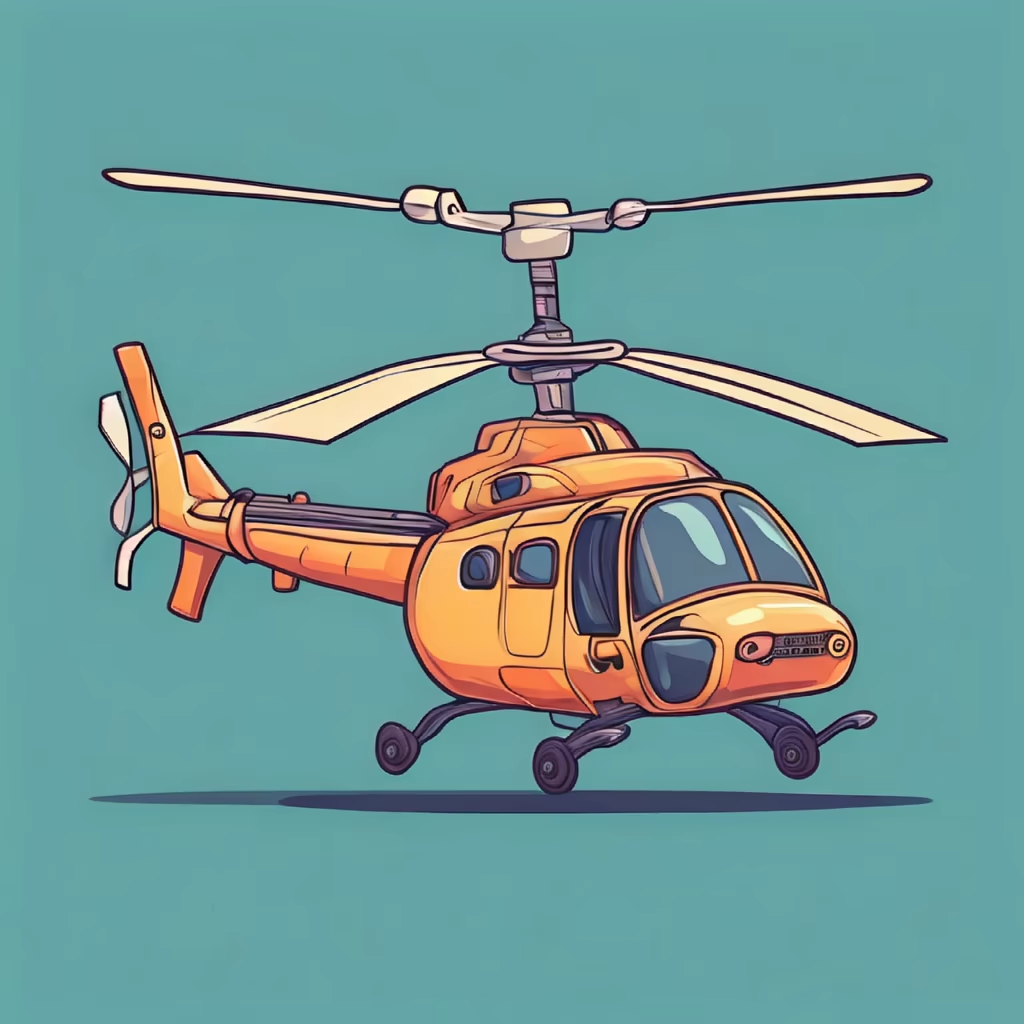





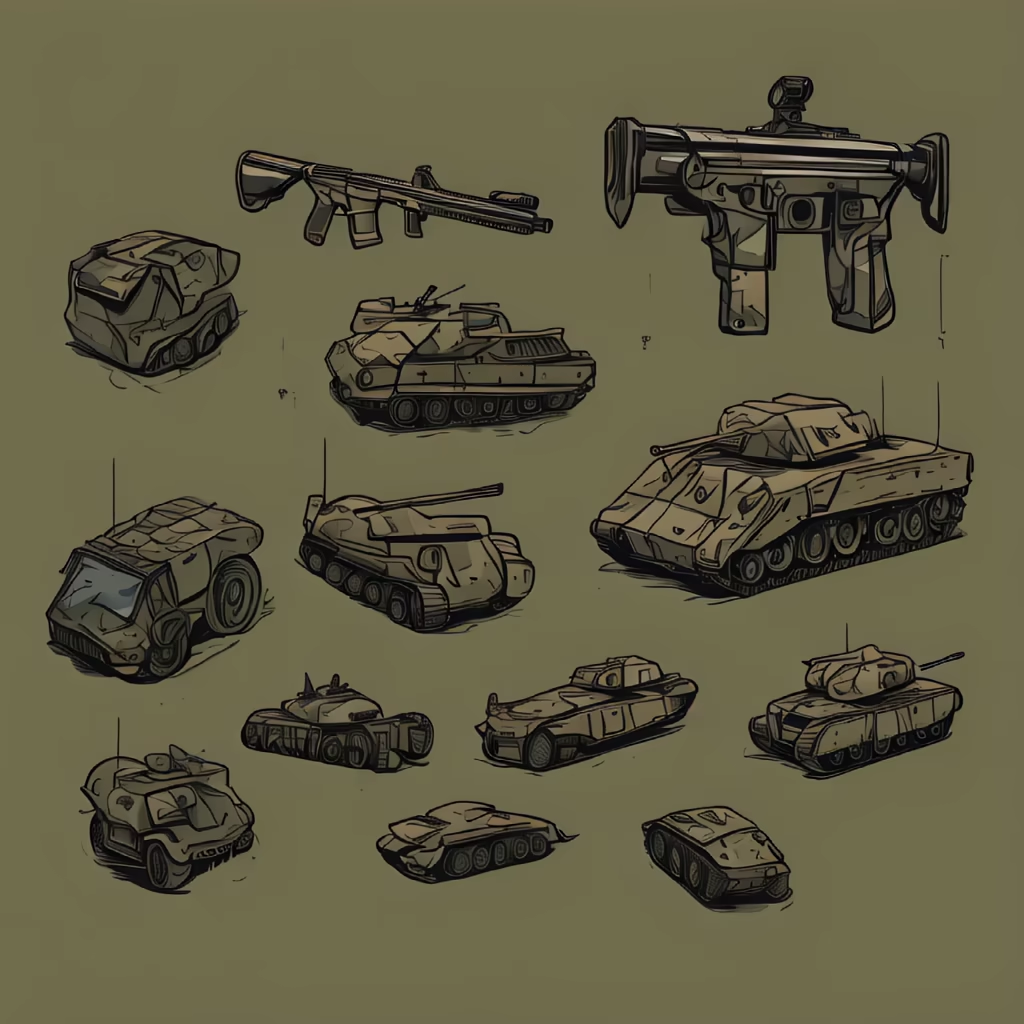






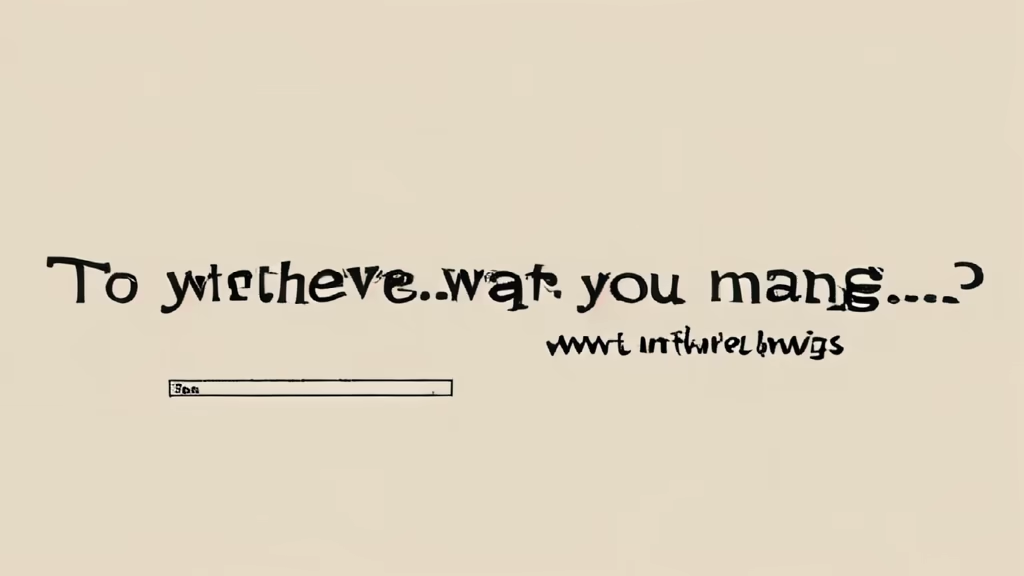

Prompt: I want a rectangular plastic packaging box made of environmentally friendly materials, with a flat style and minimalist design

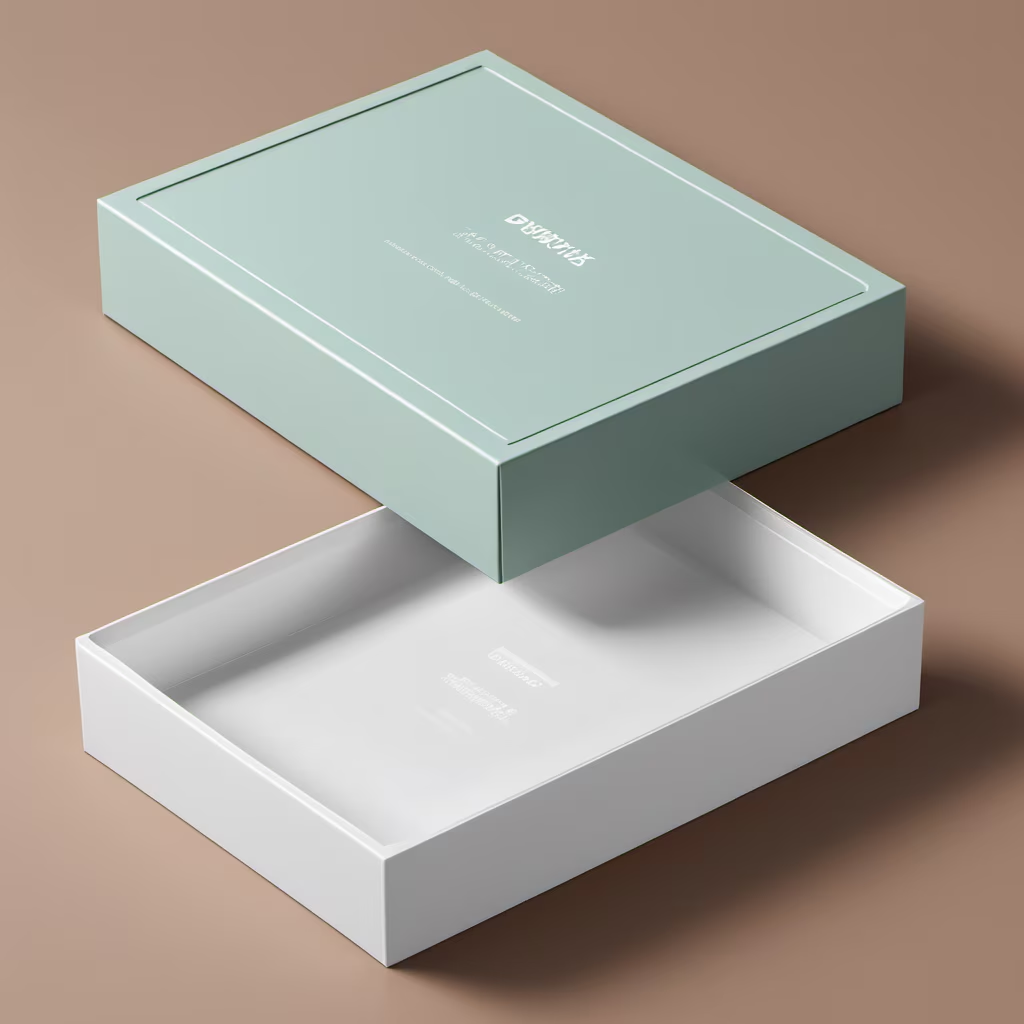








Prompt: Want a square cardboard box with a minimalist material that is environmentally friendly and flat style


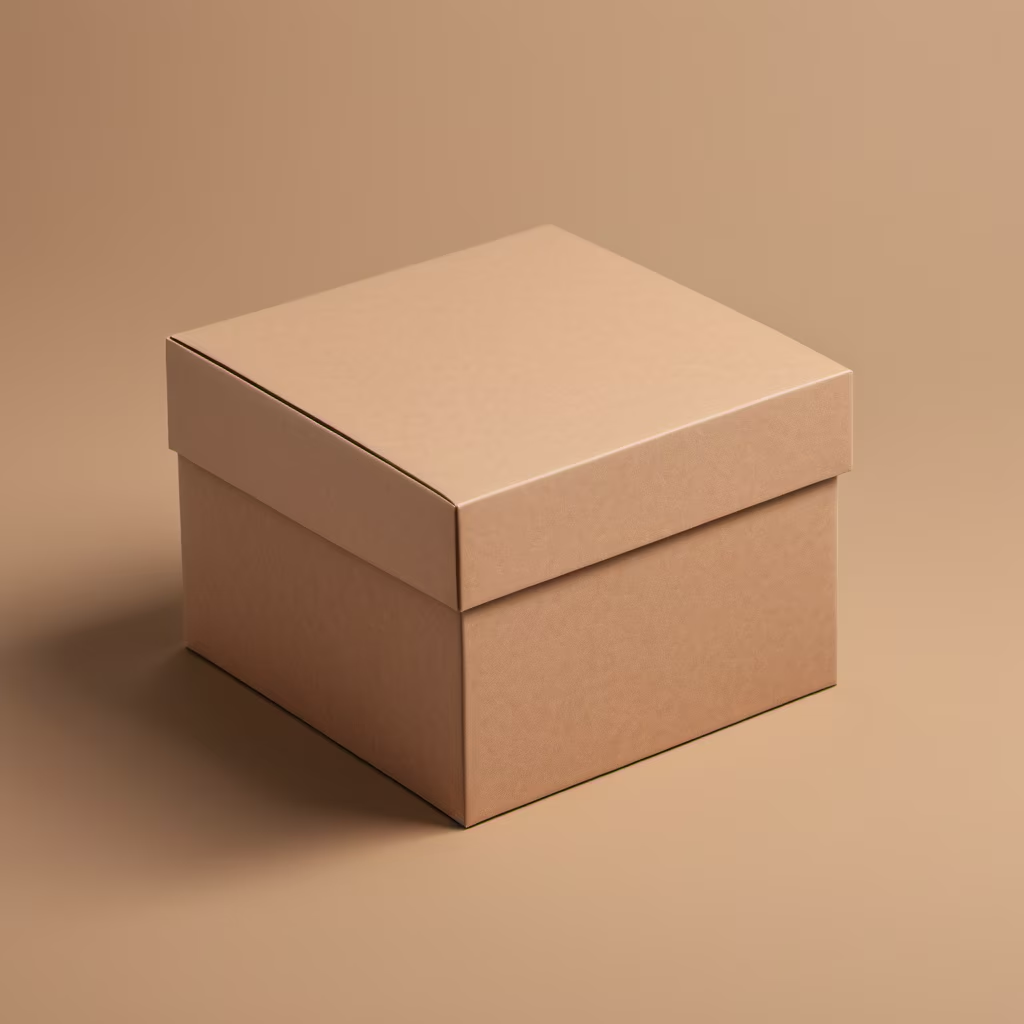
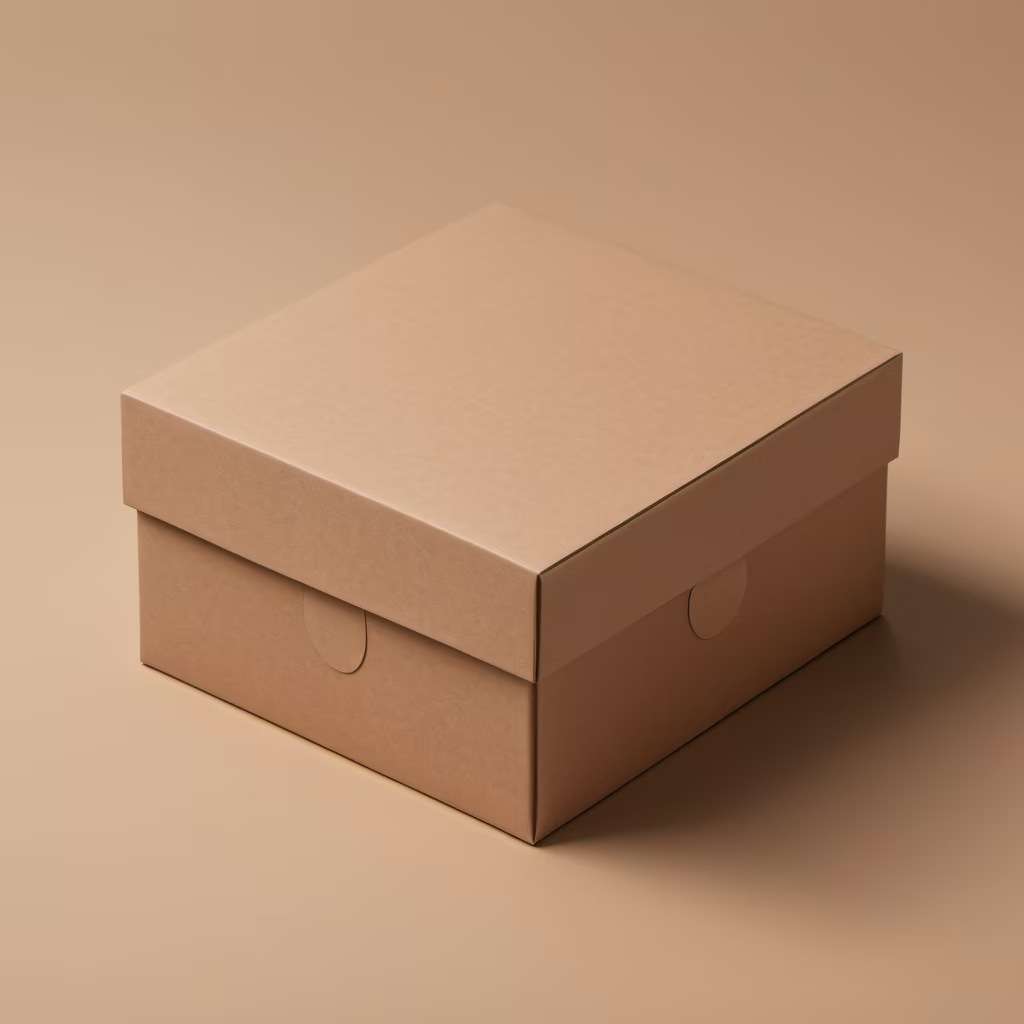
Prompt: Design and Model: The aircraft would typically be a fighter or bomber model such as the P-51 Mustang, B-17 Flying Fortress, or B-24 Liberator. Fighters were sleek, single-seat aircraft, while bombers were larger, multi-crew machines. Livery and Markings: These airplanes often had olive drab or silver aluminum fuselages. They featured specific insignias like the white star in a blue roundel, often with white bars extending from the sides. Squadron markings and individual aircraft identification numbers were also common. Armament: Fighter planes were equipped with machine guns or cannons, usually mounted on the wings. Bombers had multiple gun turrets for defense against enemy fighters, in addition to their bomb load. Propulsion: Most of these planes were propeller-driven. Fighters had single engines, while bombers had multiple engines (usually four). The propellers were typically three-bladed and made of metal. Cockpit and Canopy: The cockpits were relatively small with limited visibility. The canopy on fighters was often a teardrop shape, while bombers had larger, more complex cockpit structures. Wings and Tail: Fighters had distinct, often elliptical wing shapes for maneuverability, while bombers had larger, straighter wings for stability and payload capacity. The tail design varied, but vertical and horizontal stabilizers were prominent features. Size and Build: Fighters were compact and agile, built for speed and maneuverability. Bombers were much larger, designed for long-range missions and heavy bomb loads. Historical Significance: These aircraft played crucial roles in various theaters of the war, from the European to the Pacific fronts. They were instrumental in air superiority, ground support, and strategic bombing campaigns.
Style: Line Art




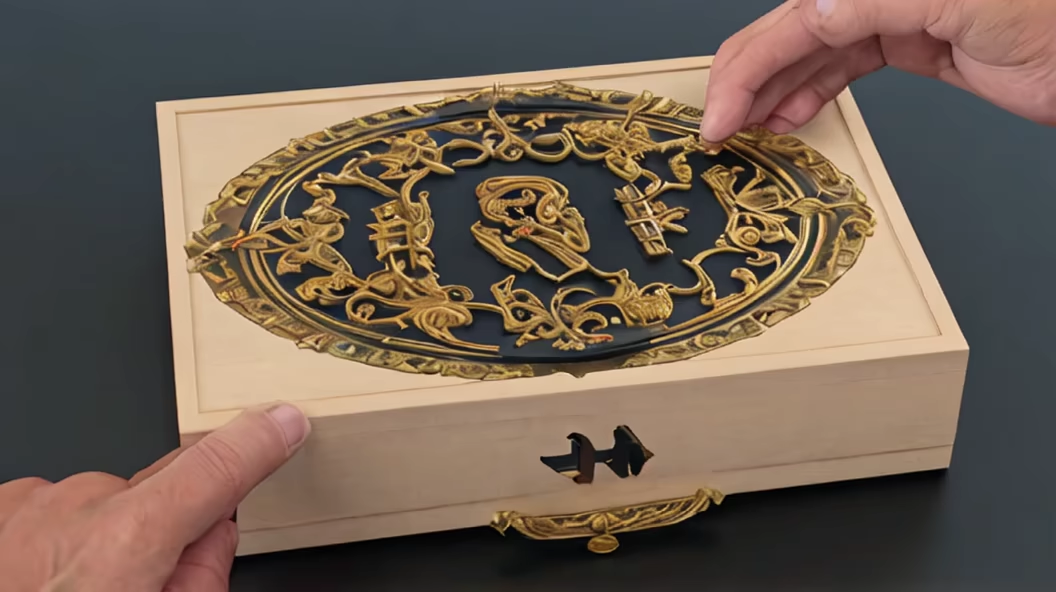
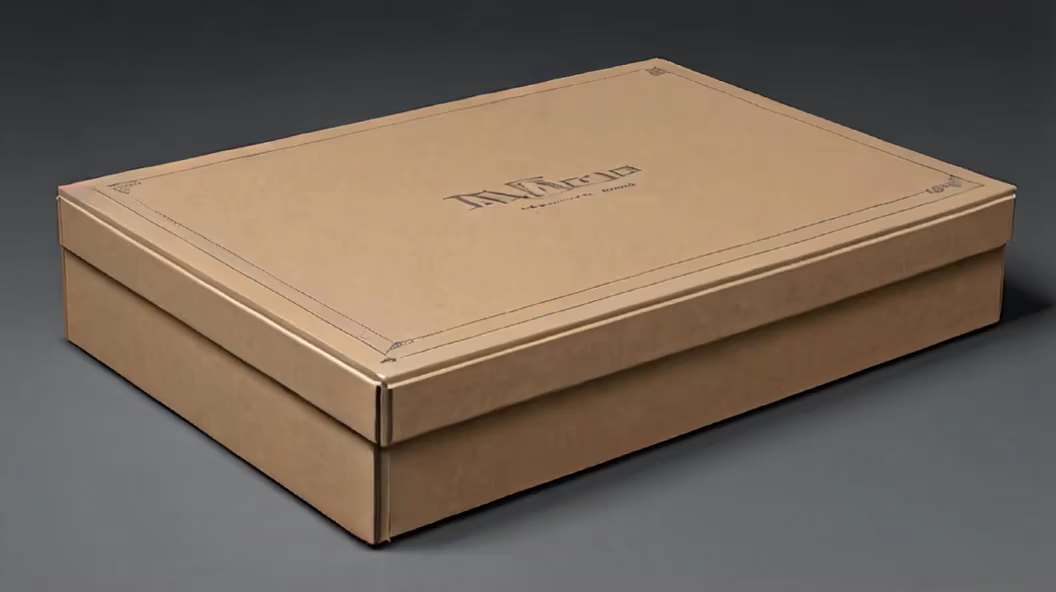
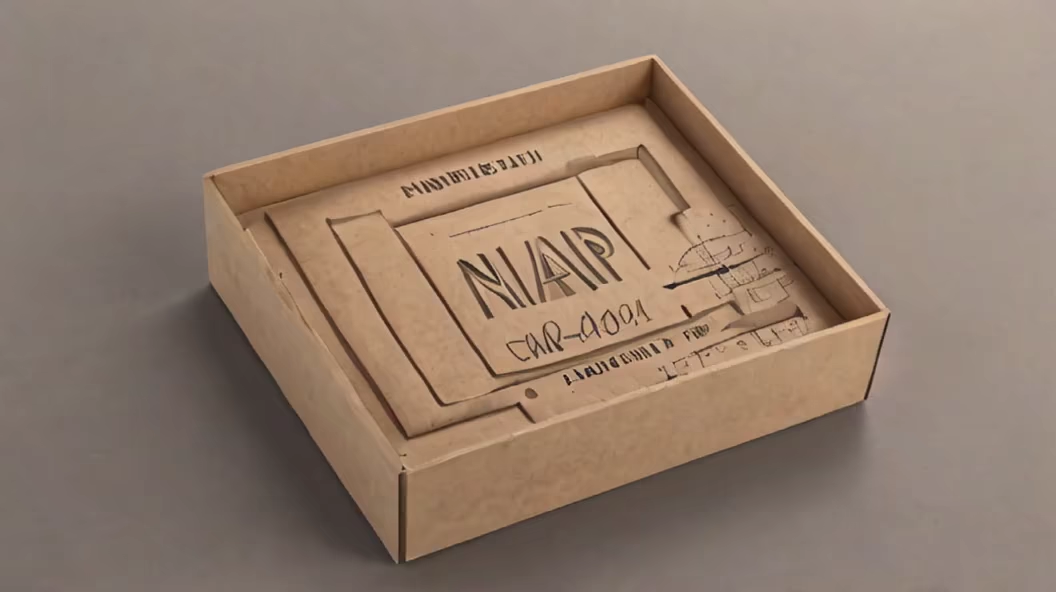
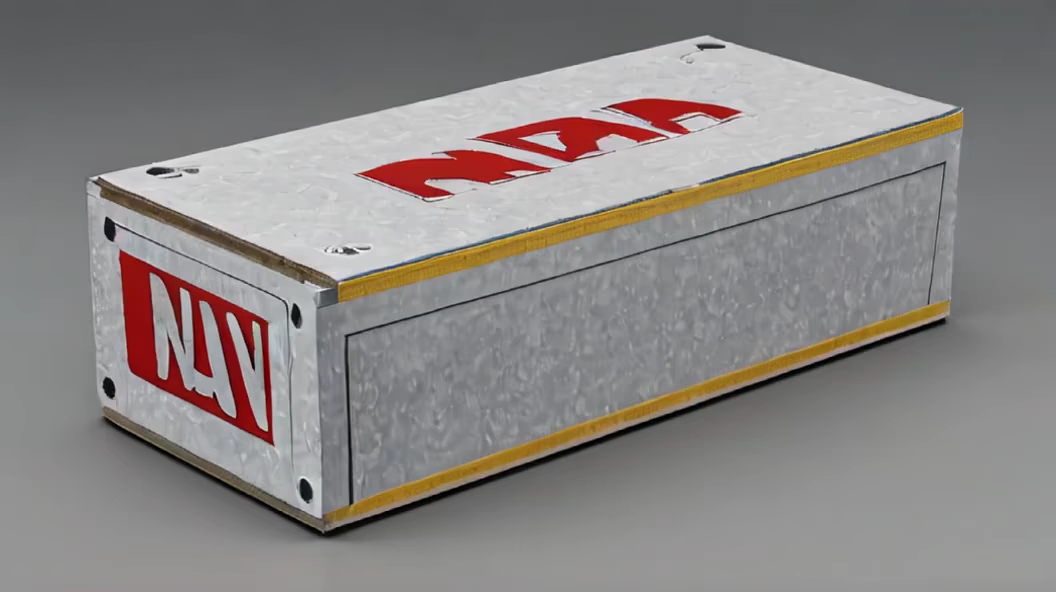













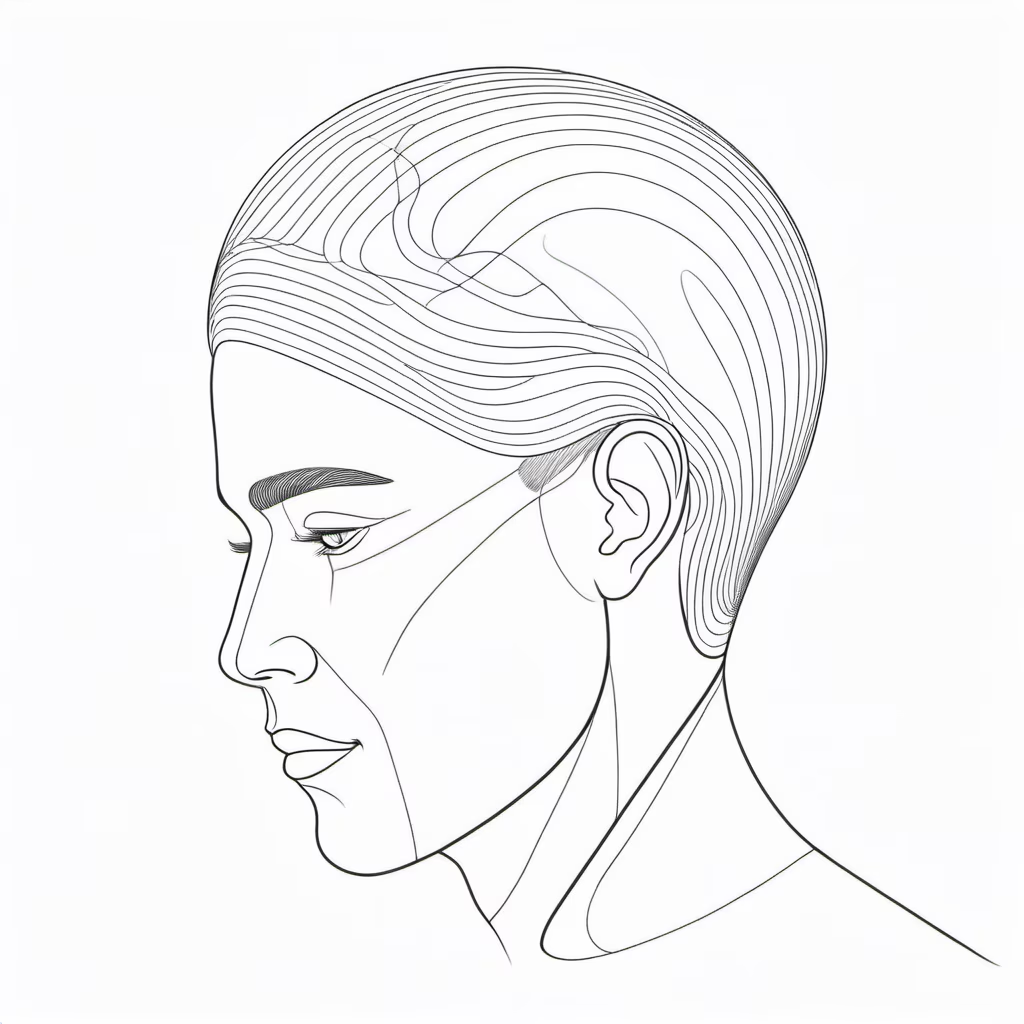
Prompt: Driving through Mexico City at night, car light trails, bokeh lights, Mexican restaurant sign, cinematic long exposure, amber streetlights, night scene, depth of field, oil painting style, Greg Rutkowski lighting, 4K resolution, by Masamune Shirow, Atey Ghailan: Re Imaginary Starry Night, Hiroshi Nagai, Vibrant colors sparkle on dark hills, oil on canvas, realistic rendering, moody atmosphere, majestic scale, sharp details




Prompt: time-traveling explorer, historical sci-fi, steampunk time machine, Victorian-era attire, inspired by Chris Rahn, ancient ruins background, futuristic gadgets, by Scott Gustafson, detailed period architecture, sepia-toned aesthetic, time vortex, 16K digital painting, antique parchment texture.


Prompt: Design a lid with predetermined cuts that can automatically split the pizza packaging box when the box is closed


Prompt: Design a lid with predetermined cuts that can automatically divide the pizza packaging box when the box is closed


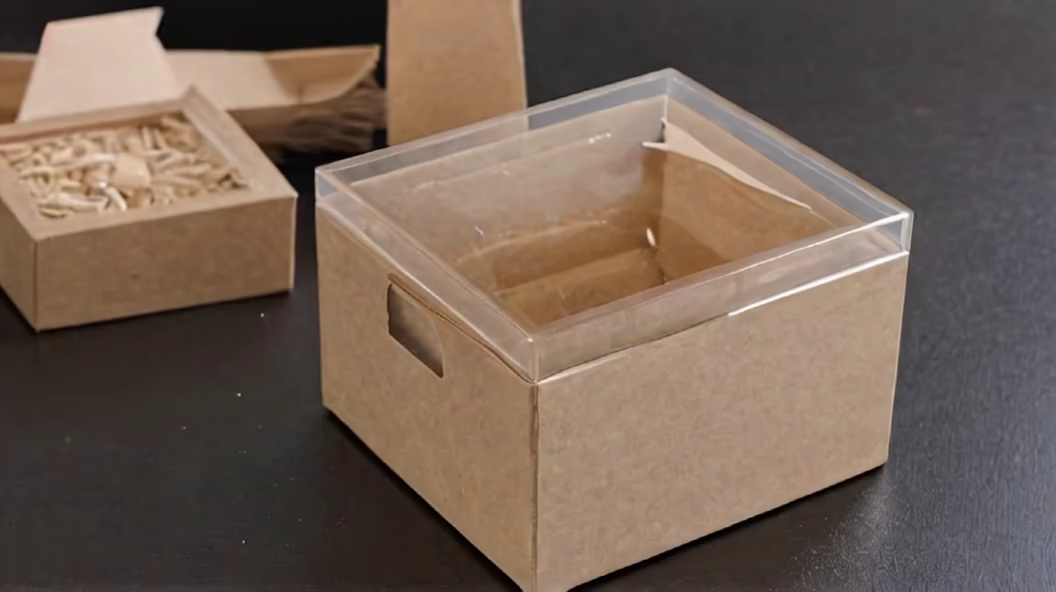
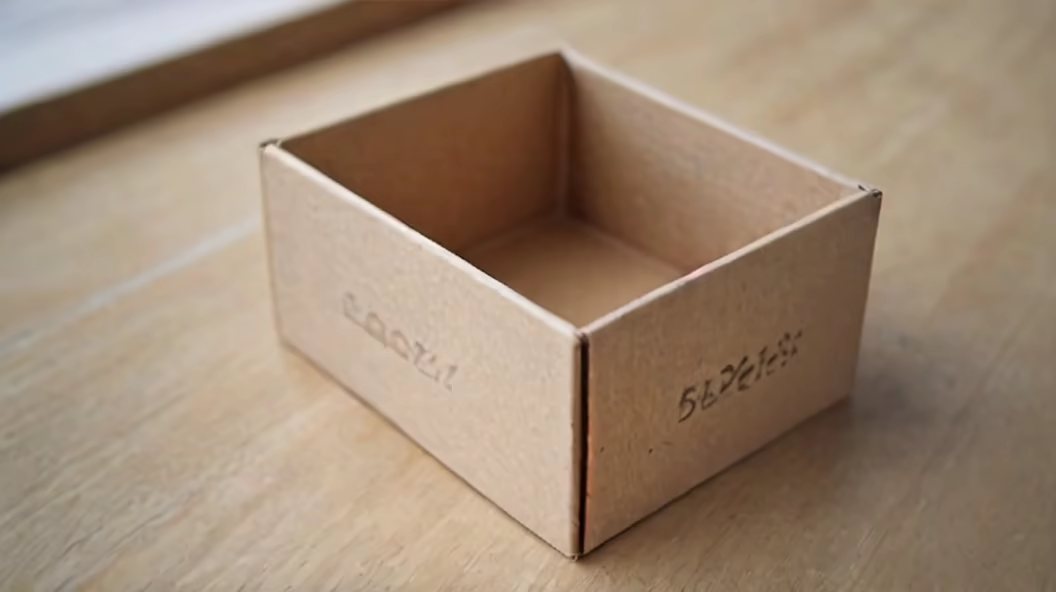
Prompt: video of a rocking chair in the particular Shadow of a hideous bony foot with extra long witch'nails horror style zoom on the feet
Style: Origami








Prompt: Design a split lid with predetermined cuts on it. When the box is closed, the cuts on the lid can automatically split the pizza packaging box




